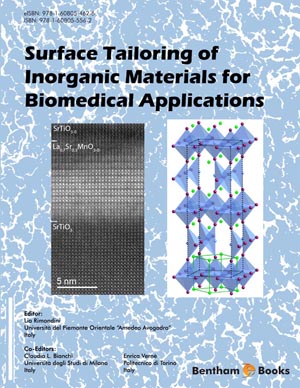Abstract
Nowadays long bone healing is still a major socio-economic concern. In fact, although in many fields of bone surgery suitable clinical solutions addressed to the regeneration of bone are achieved, for the healing of load-bearing bones the clinical solutions still consist of bioinert prostheses which only provide a mechanical sustain without restoring the complex biomechanical functionality of bone. As a consequence, the recourse to additional surgery is often unavoidable, especially for the younger patients; additionally the bone surgery in orthopaedics is often very invasive and patients are forced to spend long time in hospital with strong impact on the psychological and physical wellbeing, as well as on the healthcare costs. In the last decade new regenerative solutions based on the use of bioactive materials and composites and on the set up of innovative synthesis techniques to achieve bone scaffolds endowed with hierarchical organized morphologies are being developed. Such scaffolds exhibit high chemical biomimesis and interesting anisotropic physical and mechanical properties, such as the native bone, so to potentially pave the way for realizing prosthetic devices closer to the extraordinary performance of human tissues addressed to the regeneration of long and load-bearing bones for which no acceptable solutions exist so far.
Keywords: Biomimesis, mechanical properties, loading, bone regeneration.









